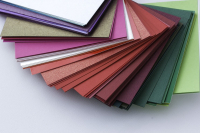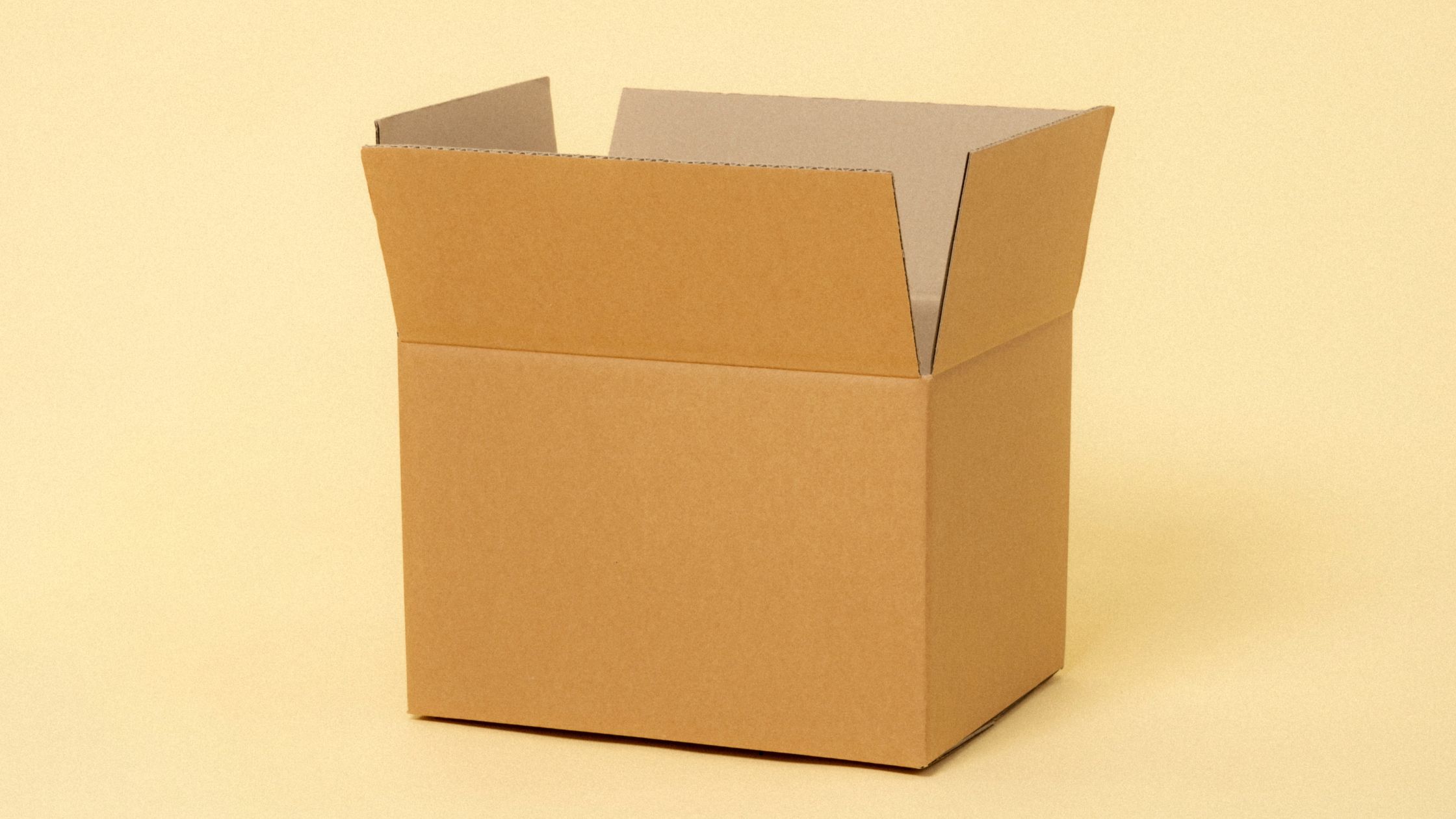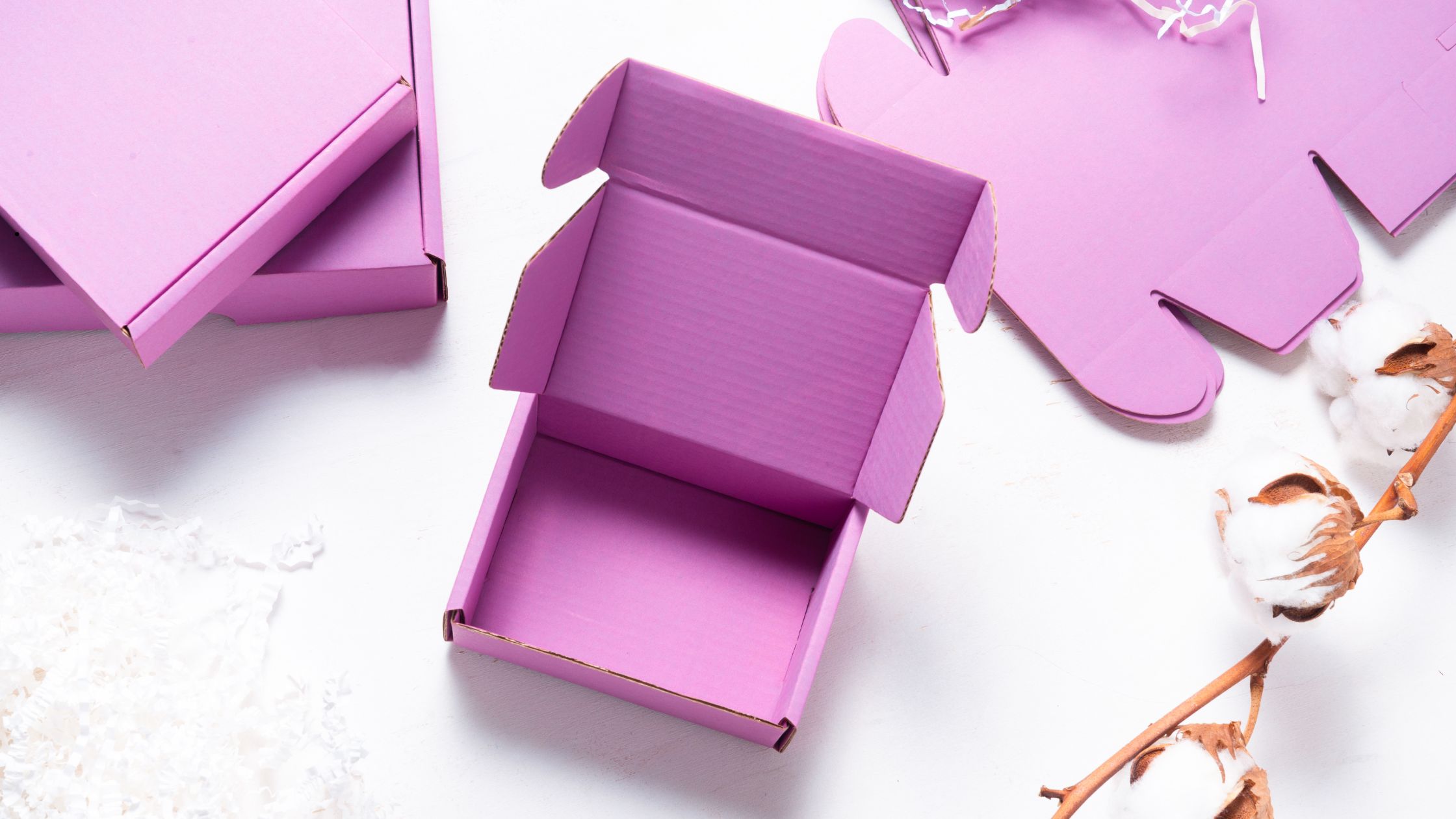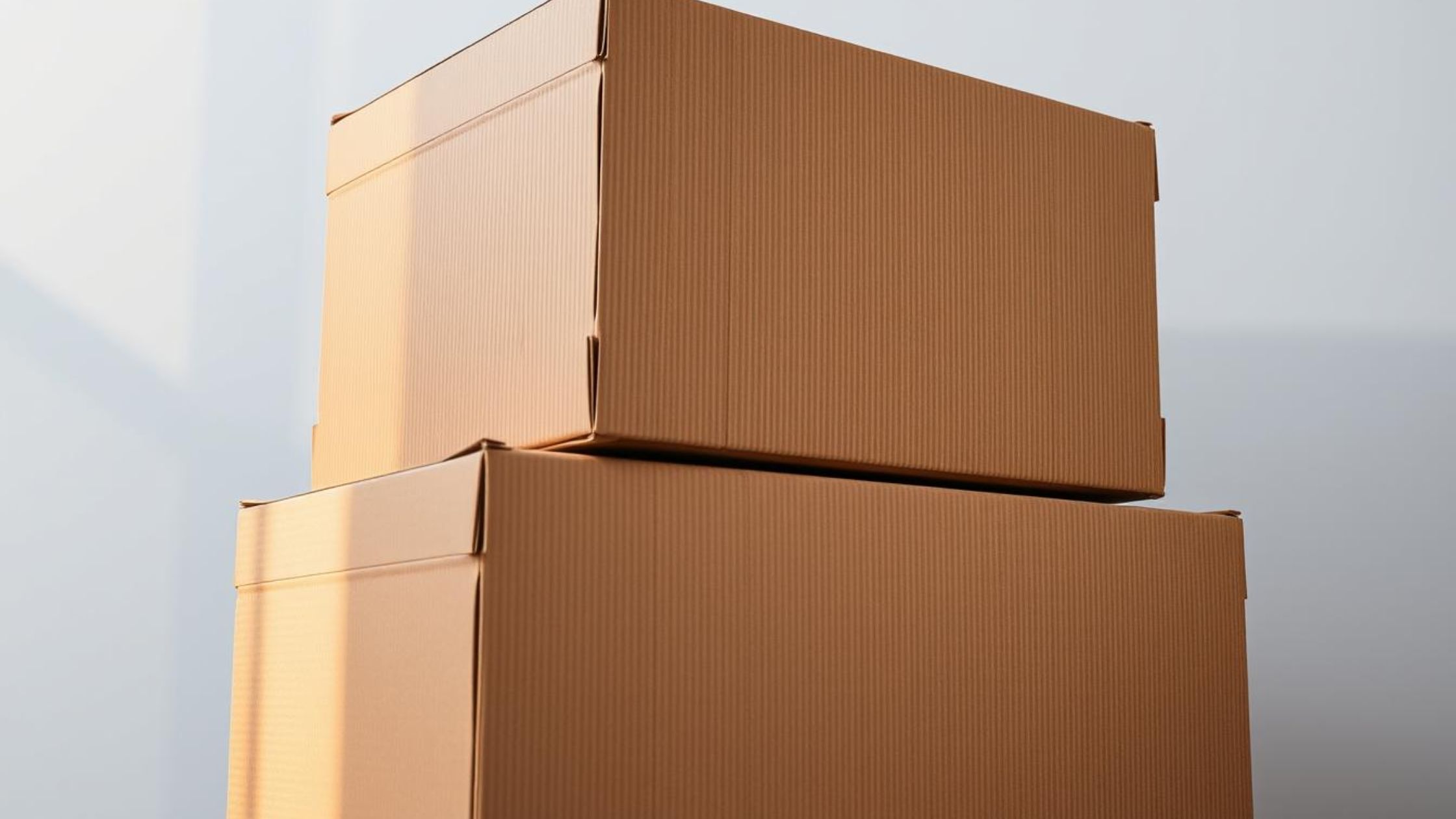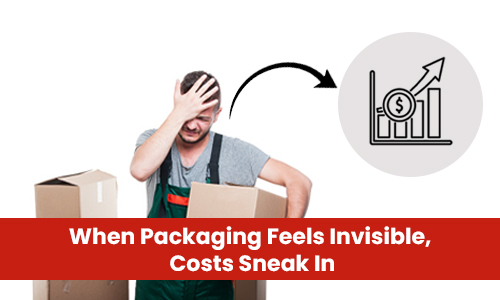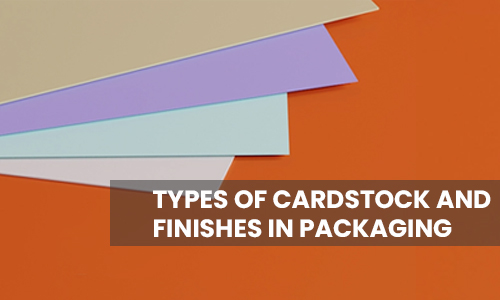
Types of Cardstock and Finishes in Packaging
Packaging is an essential aspect of any business, and it involves different types of materials to suit different packaging needs. Paper is a popular packaging material because it is affordable, easy to print on, and environmentally friendly. Different types of paper are used in packaging, and they vary in weight, finish, and coatings. In this article, we will explore the different types of papers used in packaging, their finishes and coatings, color options, and their end uses.
Types of Paper Used in Packaging
Kraft Paper
Kraft paper is a popular packaging material that is made from wood pulp. It is available in various thicknesses, with the most common being 18 pt and 24 pt. Kraft paper is strong and durable, and it is ideal for packaging heavy items such as machinery parts, furniture, and appliances. It is also commonly used in the food industry to wrap sandwiches and other types of food.
Art Card Paper
Art card paper is a type of coated paperboard that is commonly used for packaging and printing applications. It has a clay coating on one or both sides, which gives it a glossy or matte finish. Art card paper is available in various thicknesses, ranging from 200 gsm (grams per square meter) to 400 gsm. The thickness of art card paper is usually expressed in microns, and it ranges from 200 microns to 400 microns.
Folding Boxboard
Folding boxboard is a type of paperboard that is commonly used for packaging applications such as cartons, boxes, and food packaging. It is made from multiple layers of chemical pulp and has a smooth and uniform surface. Folding boxboard is available in various thicknesses, ranging from 200 gsm to 500 gsm. The thickness of folding boxboard is usually expressed in microns, and it ranges from 200 microns to 500 microns.
Solid Bleached Sulfate (SBS)
Solid bleached sulfate (SBS) is a type of paperboard that is commonly used for packaging applications such as cosmetics, pharmaceuticals, and food packaging. It is made from 100% virgin fiber and has a bright white surface. SBS is available in various thicknesses, ranging from 200 gsm to 500 gsm. The thickness of SBS is usually expressed in points, and it ranges from 10 pt to 24 pt.
The thickness of paperboard used in packaging applications varies depending on the type of paperboard and the specific application. Art card paper, folding boxboard, and SBS are some of the commonly used paperboards, and they are available in various thicknesses to suit different packaging needs. The thickness of paperboard is usually expressed in microns, points, or caliper, and it is an essential factor to consider when selecting the right packaging material for a particular product.
Coated Paper
Coated paper is a type of paper that has been coated with a layer of clay or other materials to enhance its printing quality. It is available in various finishes, including gloss, matte, and silk. Coated paper is ideal for packaging high-end products such as cosmetics, perfumes, and jewelry.
Finishes and Coatings Available for Packaging Papers
Gloss Finish
A gloss finish is a high-shine finish that is ideal for packaging materials that require a vibrant and eye-catching design. Gloss finish is commonly used in the food industry for packaging candy and other sweets.
Matte Finish
A matte finish is a non-glossy finish that gives a subtle and sophisticated look to packaging materials. It is ideal for packaging high-end products such as jewelry, watches, and electronics.
Silk Finish
A silk finish is a medium-shine finish that gives packaging materials a luxurious and silky texture. It is commonly used in the fashion industry for packaging clothing and accessories.
Foil Coating
A foil coating is a metallic coating that is applied to paper to give it a shiny and reflective surface. It is commonly used in the packaging of high-end products such as wine bottles, chocolates, and perfumes.
Varnish Coating
A varnish coating is a transparent coating that is applied to paper to give it a glossy or matte finish. It is commonly used in the packaging of food items, cosmetics, and pharmaceutical products.
Lamination
Lamination is a process that involves adding a thin layer of material, such as plastic or paper, to the surface of the packaging. This layer provides additional protection against moisture, dust, and other external factors. Lamination can be done in various finishes, including glossy, matte, or satin, depending on the desired effect. Laminated packaging is also highly durable and can withstand wear and tear, making it an ideal option for products that need to be shipped or transported.
Gloss Foil
Gloss foil is a metallic finish that adds a reflective sheen to the packaging. This finish is achieved by stamping a layer of metallic foil onto the surface of the packaging. Gloss foil is highly effective in creating a premium and high-end look for products, making it a popular choice for luxury items, cosmetics, and gourmet food products. Gloss foil can be applied in various colors and patterns, adding to its versatility.
Embossing
Embossing is a process that creates a raised or recessed pattern on the surface of the packaging. This finish is achieved by pressing the packaging material between two dies, creating a 3D effect. Embossing adds texture and depth to the packaging, making it more visually appealing and tactile. Embossed packaging is often used for products that need to stand out on the shelves, such as premium chocolates, high-end perfumes, and luxury cosmetics.
Soft Touch Foil
Soft touch foil is a finish that adds a tactile sensation to the packaging. This finish is achieved by adding a layer of soft-touch material, such as velvet or suede, to the surface of the packaging. Soft touch foil is highly effective in creating a premium and luxurious feel for products. This finish is often used for high-end cosmetic products, premium spirits, and gourmet food items.
Packaging is an essential element of any product, and its design and appearance can make or break a product's success. When it comes to packaging finishes, there are a wide variety of options available, each with its own unique benefits and appeal. In this article, we will explore some of the most popular packaging finishes, including lamination, gloss foil, embossing, soft-touch foil, and UV spot.
Lamination
Lamination is a process that involves adding a thin layer of material, such as plastic or paper, to the surface of the packaging. This layer provides additional protection against moisture, dust, and other external factors. Lamination can be done in various finishes, including glossy, matte, or satin, depending on the desired effect. Laminated packaging is also highly durable and can withstand wear and tear, making it an ideal option for products that need to be shipped or transported.
Gloss Foil
Gloss foil is a metallic finish that adds a reflective sheen to the packaging. This finish is achieved by stamping a layer of metallic foil onto the surface of the packaging. Gloss foil is highly effective in creating a premium and high-end look for products, making it a popular choice for luxury items, cosmetics, and gourmet food products. Gloss foil can be applied in various colors and patterns, adding to its versatility.
Embossing
Embossing is a process that creates a raised or recessed pattern on the surface of the packaging. This finish is achieved by pressing the packaging material between two dies, creating a 3D effect. Embossing adds texture and depth to the packaging, making it more visually appealing and tactile. Embossed packaging is often used for products that need to stand out on the shelves, such as premium chocolates, high-end perfumes, and luxury cosmetics.
Soft Touch Foil
Soft touch foil is a finish that adds a tactile sensation to the packaging. This finish is achieved by adding a layer of soft-touch material, such as velvet or suede, to the surface of the packaging. Soft touch foil is highly effective in creating a premium and luxurious feel for products. This finish is often used for high-end cosmetic products, premium spirits, and gourmet food items.
UV Spot:
UV spot is a finish that adds a glossy or matte effect to specific areas of the packaging. This finish is achieved by applying a layer of UV-curable varnish to the packaging and then exposing it to ultraviolet light. UV spot is highly effective in creating contrast and highlighting specific design elements on the packaging. This finish is often used for logos, product names, and other important details that need to stand out.
In conclusion, packaging finishes play a crucial role in the overall design and appeal of a product. Each finish has its own unique benefits and can be used to achieve a specific effect. By selecting the right packaging finish, businesses can create a lasting impression on their customers and stand out in a crowded market.
Color Options for Packaging Papers
White or Mottled White
White is a popular color option for packaging papers because it gives a clean and crisp look to packaging materials. It is commonly used in the packaging of pharmaceutical products, cosmetics, and electronics.
Standard Kraft Color
Brown is a popular color option for kraft paper because it gives a natural and rustic look to packaging materials. It is commonly used in the packaging of food items, furniture, and appliances.
Black
Black is a popular color option for packaging materials that require a sleek and sophisticated look. It is commonly used in the packaging of high-end products such as cosmetics, perfumes, and electronics.
Colored
Colored packaging papers are available in various colors and shades. They are commonly used in the packaging of toys, clothing, and accessories.
End Uses of Packaging Papers
Food Packaging
Packaging papers are commonly used in the food industry to package food items such as sandwiches, candies, and chocolates. Kraft paper and newsprint paper are popular choices for food packaging because they are safe for food contact and can be recycled.
Retail Packaging
Retail packaging refers to the packaging of products sold in retail stores. Coated paper with gloss, matte, or silk finishes is commonly used in the packaging of high-end products such as jewelry, watches, and electronics. Foil coating is often used for the packaging of wine bottles, chocolates, and perfumes. Varied color boxes options are also used in retail packaging to attract customers' attention and make the product stand out on the shelves.
Shipping and Transport Packaging
Packaging papers are also used for shipping and transporting products from one place to another. Kraft paper is commonly used for making heavy-duty corrugated packaging such as machinery parts, furniture, and appliances. Newsprint paper is an ideal option for lightweight packaging such as books, toys, and clothing.
Pharmaceutical Packaging
Packaging papers are also used in the pharmaceutical industry to package medicines, vitamins, and other medical products. Varnish coating is commonly used to protect packaging materials from moisture and other environmental factors that could compromise the products' efficacy.
Cosmetics Packaging
Coated paper with gloss, matte, or silk finishes is commonly used in the packaging of cosmetics such as lipsticks, eye shadows, and blushes. Colored packaging papers are also popular in the cosmetics industry to differentiate products and create unique packaging designs.
Conclusion
Packaging papers come in various types, finishes, coatings, colors, and end uses. They are a popular and versatile packaging material that is affordable, easy to print on, and environmentally friendly. Kraft paper and cardstock paper are commonly used for food and retail packaging, while coated paper is popular in the packaging of high-end products such as cosmetics, perfumes, and jewelry. The finishes and coatings available for packaging papers range from gloss to matte, silk, foil, and varnish, and the color options are limitless. Knowing the different types of packaging papers and their applications can help businesses choose the right material to protect their products and enhance their brand image.






